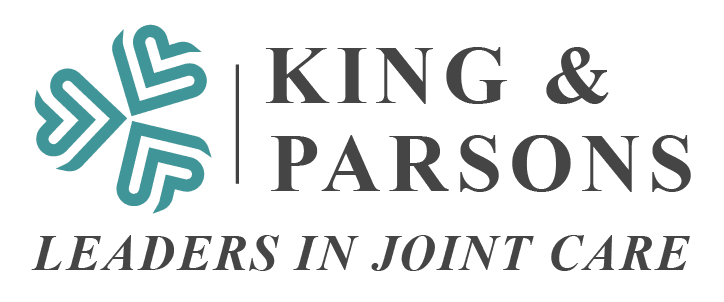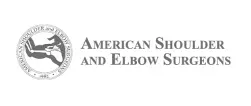Data science is an emerging field in healthcare and leverages large amounts of real-time and historical data to make predictions on defined parameters. Machine learning is a field of data science where clinicians can input information into an algorithm which then products output information that can be used help make decisions around the care of a specific condition. As more data is fed into the algorithm, it “learns” to improve on the predictions. A tool like this can harness the collective experience of many surgeons and thousands of patients rather than the individual experience of the single surgeon.
Dr. Parsons, along with a team of other surgeons, engineers and data scientists, has help developed a clinical decision support tool for shoulder replacement called Predict+. This software platform allows the physician to enter information about age, gender, diagnosis, medical history and preoperative pain and function into a machine learning interface. The software then can generate predicted outcomes of either anatomic or reverse shoulder replacement in terms of pain relief, improvement in range of motion, potential complications and what risk factors drive those complications.
This information can be helpful for both surgeons and patients deciding upon the best course of action for degenerative shoulder conditions. Not only can it predict whether an anatomic or reverse shoulder will provide better function, but it can also tell the surgeon which risk factors could be addressed preoperatively to improve the patient’s outcome after surgery. For the patient, being able to see quantitative, evidence-based information about their expected improvement after surgery can help set realistic expectations for what can be achieved and whether the degree of improvement warrants surgical intervention at the current level of functional disability. This video demonstrates an example of using Predict+ to determine a patient’s prospective outcome after shoulder replacement.
The Predict+ design team ultimately hopes to incorporate imaging data as well as data from their GPS preoperative planning and surgical navigation platform to ultimately predict the best combination of implants and their position to optimize function after surgery.
Dr. Parsons has been invited to present about Predict+ at several national an international venues including the Australian Equinoxe Users Group, the New England Shoulder and Elbow Surgeons Annual Meeting, the Exactech Masters Course and a European webinar on Advanced Technologies in Shoulder Arthroplasty. He also serves as a design surgeon for the GPS planning and navigation platform which allows surgeons to perform shoulder replacement with much improved precision over conventional techniques.














